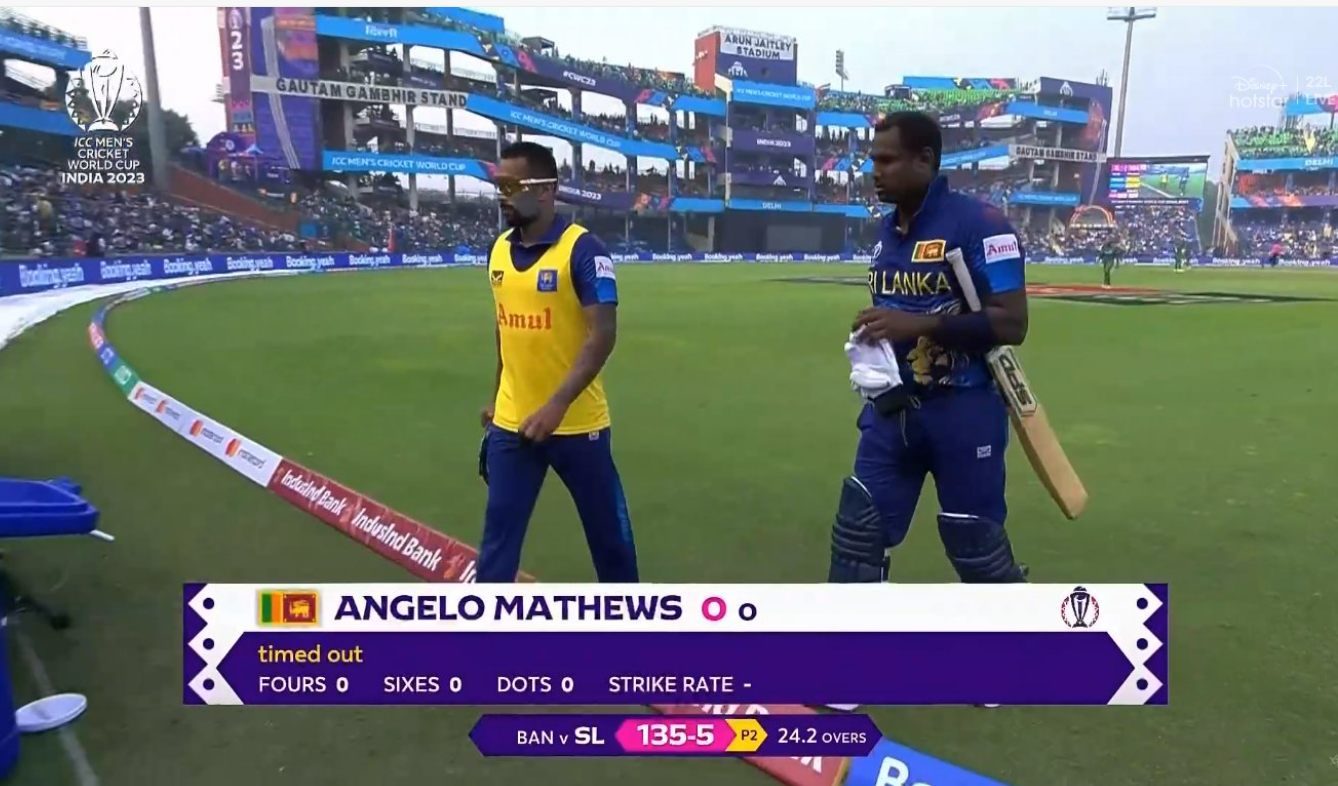In cricket, a batsman can be declared “timed out” if he is not ready to face the next delivery within a specified time frame after the previous batsman is dismissed. The time allowed for the incoming batsman to be ready is generally 3 minutes, but it can vary based on the playing conditions agreed upon by the teams or as specified by the competition rules.
The timer usually starts when the previous batsman is declared out, and it includes the time taken for the incoming batsman to reach the crease, get ready to face the next delivery, and for the new fielding side to be in position. If the batsman fails to be ready within the stipulated time, the umpire can declare him “timed out,” and he will be considered as dismissed without facing a ball.
It’s worth noting that the timed out rule is not very common in professional cricket, and instances of timed outs are relatively rare. The primary aim is to maintain the flow of the game and ensure that there are no unnecessary delays between wickets.
According to MCC’s rulebook of cricket and section 40.1, after a fall of wicket, the following batsman has to take the field within 3 minutes of time, otherwise, they are subjected to be timed out if the opposition captain appeals.
The time limit in the World Cup is even less, and it stands at only 2 minutes.
Angelo Mathews becomes the first cricketer in history to be out on ‘timed out’.

